9 Photos of the World’s Most Popular Sport
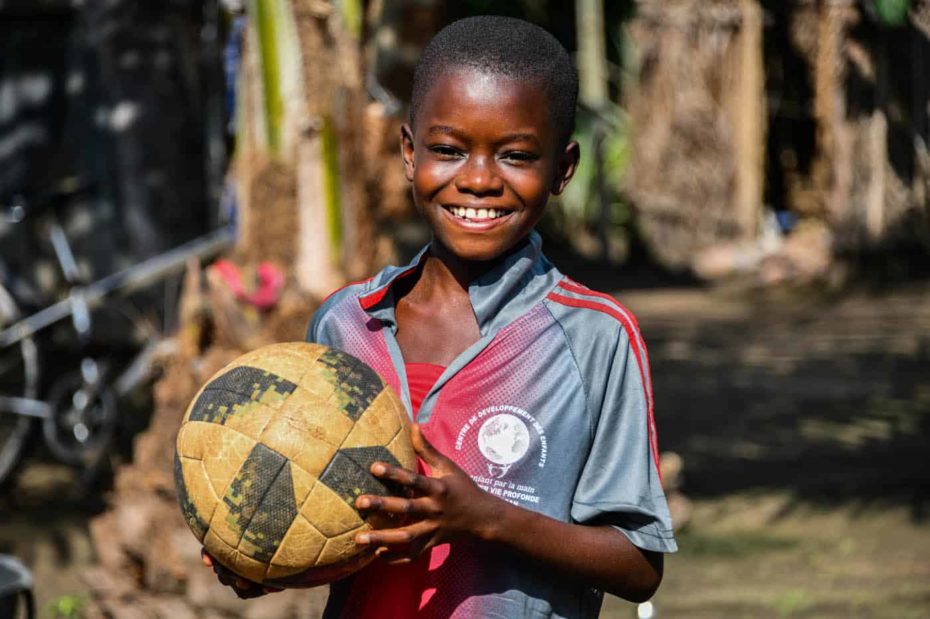
This summer, millions of people across the world will crowd around television sets to watch the Olympic Games. They will watch swimming, track, cycling and gymnastics. They will cheer on their respective countries in baseball, boxing, surfing, volleyball and table tennis. But no doubt, some of the most viewed and highly anticipated competitions will be in the world’s most popular sport: soccer.
Soccer has an estimated global following of 4 billion people, a number that is nearly double the second most popular sport of cricket (with a 2.5 billion estimated following). So why is soccer so popular?
Continue Reading ›Why These Sports Stars are Supporting Compassion Children
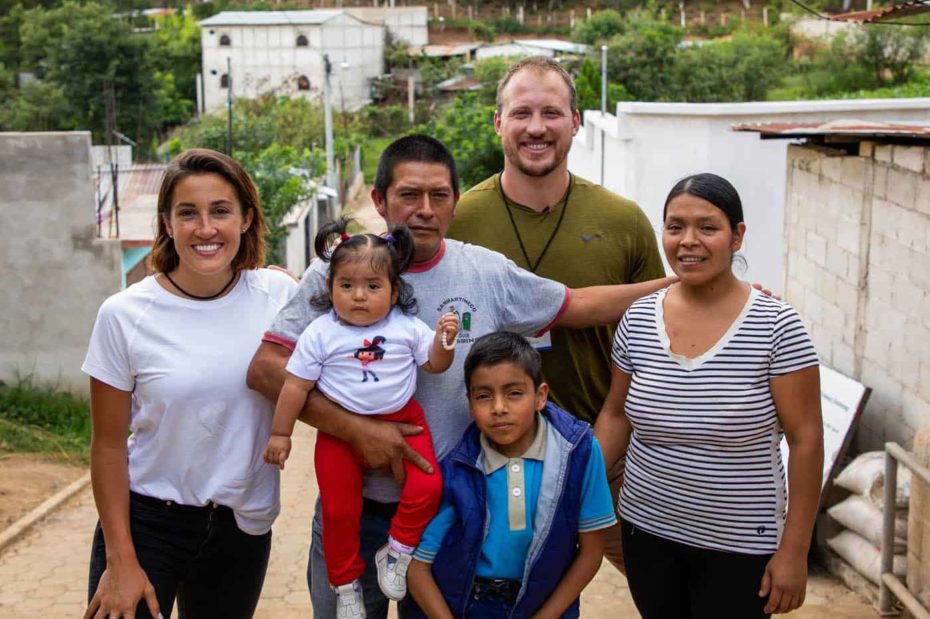
In spring 2020, when 1,200 concerts and other live events were canceled, a huge challenge arose for Compassion — with no warning. Compassion’s field offices had already begun registering new children into programs, like they do every year. But when the pandemic arrived and planned gatherings around the world were canceled, Compassion no longer had the platform to share the message of sponsorship with the massive groups of people who would attend these events. As a result, 70,000 newly registered and vulnerable children no longer had an opportunity to connect with a sponsor.
Continue Reading ›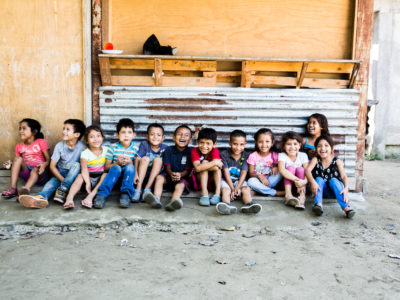
How Does Compassion Prevent Child Departures?
When a sponsored child has to depart our program early, It can be heartbreaking for the Compassion center staff and sponsors who have invested so much love into their lives. Read how our church partners across Honduras are responding to the unique struggles the families they serve face in order to keep children in the program.
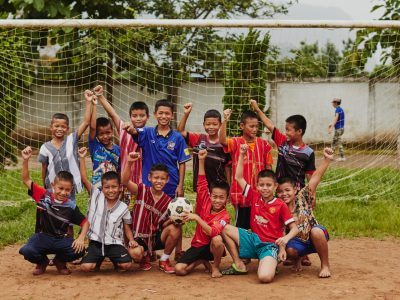
How One Church Is Winning the Fight Against the Sex Trade in Thailand With Soccer
At all hours of the day or night, young boys will exchange their lunch money for time in front of a computer. Captivated by the online games, they are not unlike addicts — unable and unwilling to cut the ties to the only escape they have from their challenging lives in the slums. But the game parlors hide a sinister and dangerous secret. These always-open, unsupervised establishments full of impoverished children make prime target areas for recruiters looking to pull boys and young men into the sex trade.

How to Dream Like a Champion
Poverty robs children of hope. Hope for a future and that tomorrow can be different than today. That’s why we’re in the dream-making business. As a product of hope, dreams are a catalyst for achieving a future filled with opportunity. The following athletes in our Child Sponsorship Program had the best dream-makers on their side!
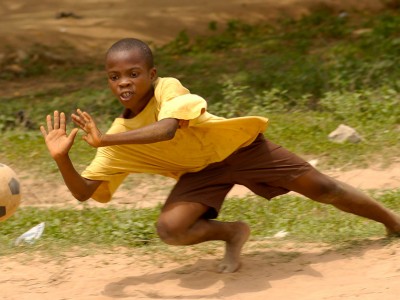
Share Your Favorite Sport with Your Sponsored Child
Sports are universally loved. Use these fun ideas for your favorite sport to connect with the child you sponsor!

How Is Creativity in Education Changing Young Lives?
For us, education is as diverse as our children. From Taekwondo to bead making to surfing, our children do more than sit at a desk.
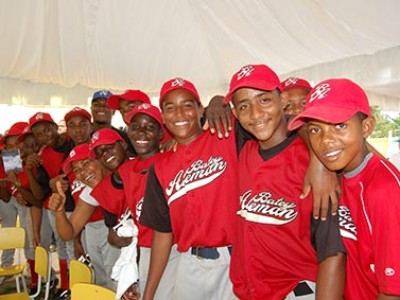
The Value of Sports in the Life of a Child
Sports teach children about unity and trust, about how to express themselves more freely and sports can help children discover their gifts and talents.

“Be a Winner for God!”
Despite oppressive poverty in the Philippines, people here are among the happiest and most fun-loving in the world. Filipinos’ love of music and sports helps them get by in times of lack, hunger and destitution.
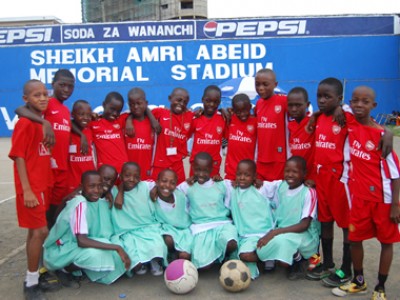
How Can A Soccer Ball Inspire Dreams?
Who gets those soccer balls you give through the Gifts of Compassion Christmas gift catalog? How does a soccer ball make an impact on a child in poverty?
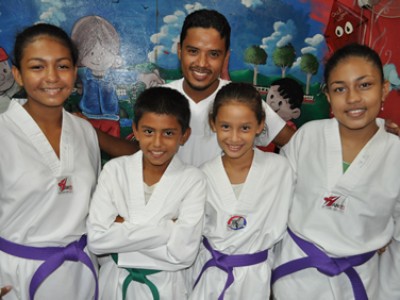
Building Character and Discipline With Taekwondo
El Progreso is the home of a Taekwondo training center that is benefiting more than 250 children through a Complementary Intervention. This extraordinary activity is getting the attention of boys and girls and is a valuable tool that is helping to improve each child’s character.
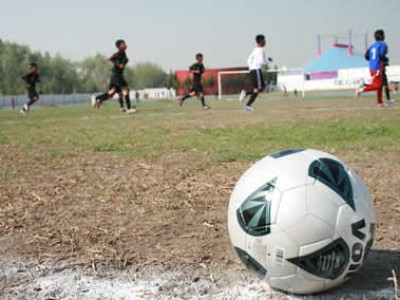
Building Unity and Trust Through Soccer
During the past year, our ministry in Mexico organized the first soccer tournament in which young people between the ages of 12 to 15 played on teams representing their child development centers.


